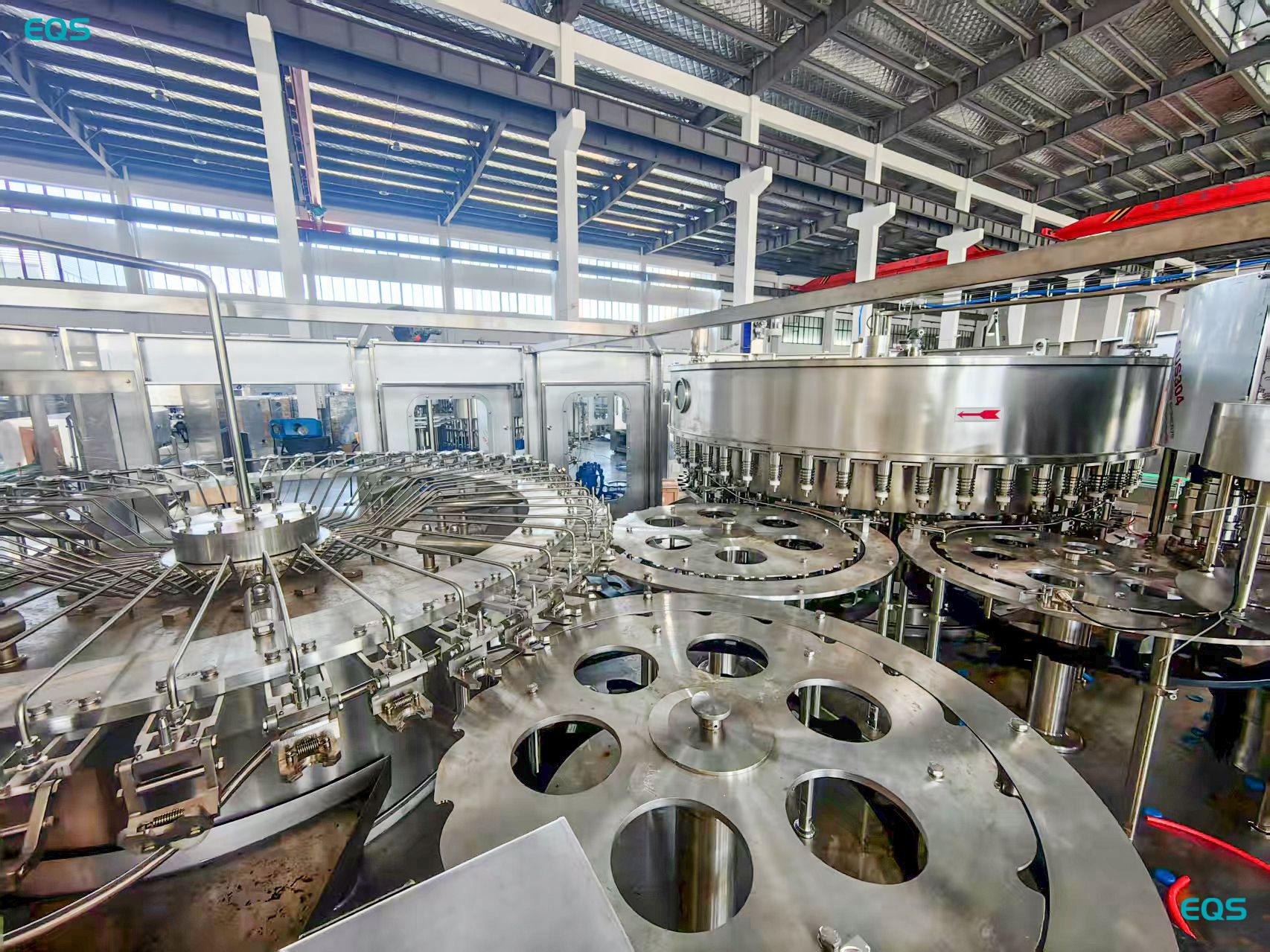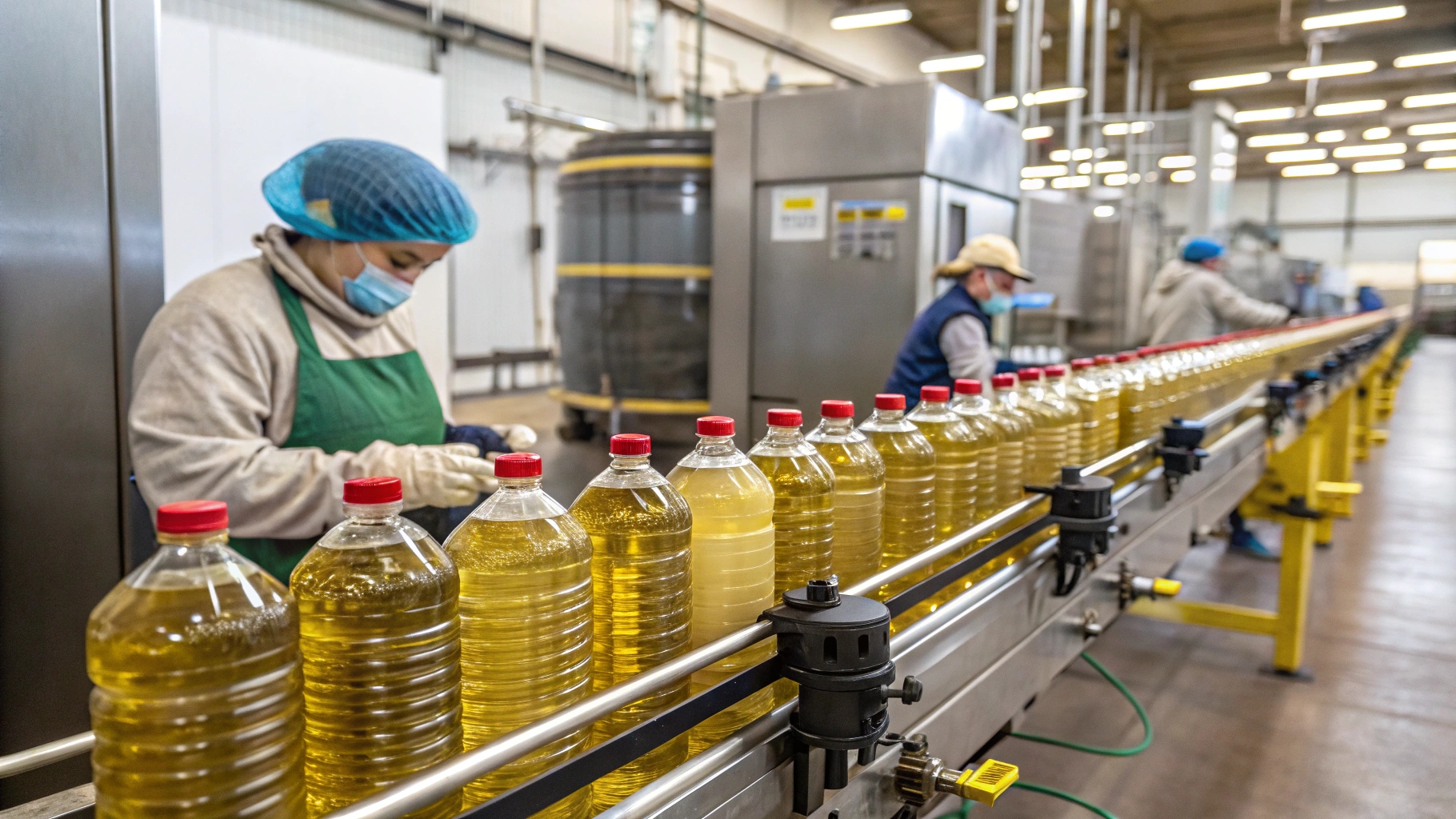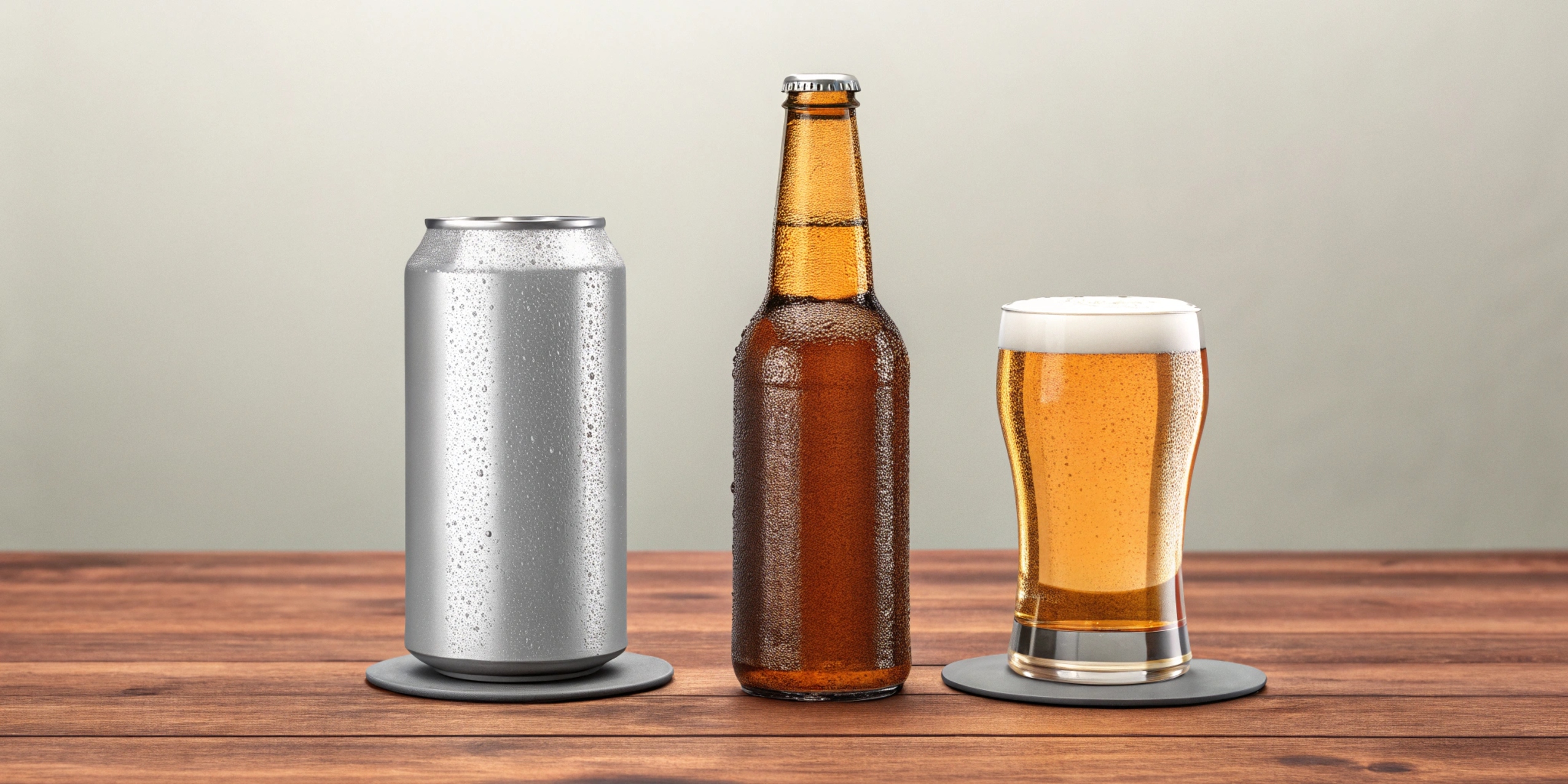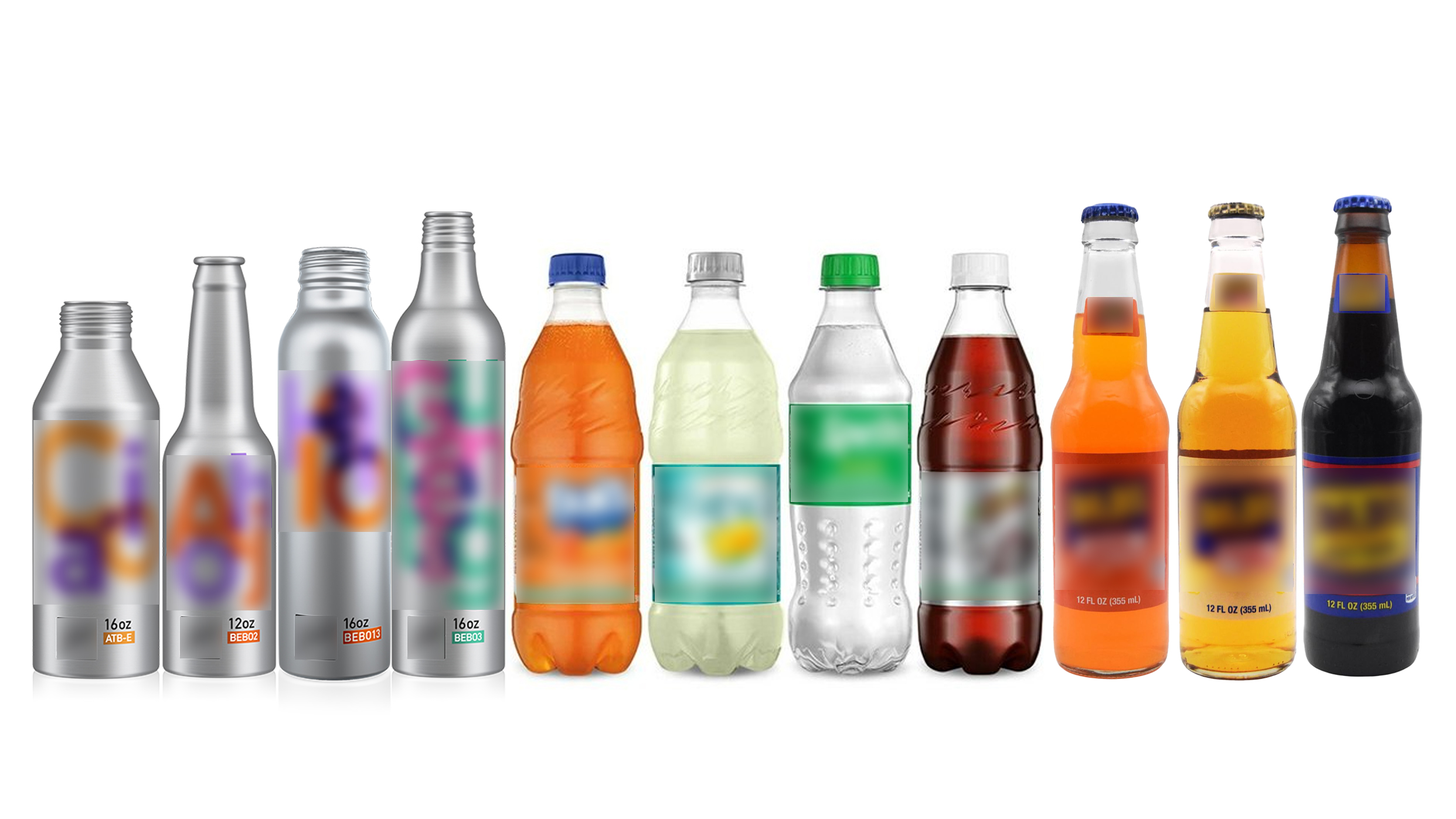How Carbonated Beverages Are Filled?
leading paragraph:
Ever wondered how that fizzy drink gets into the bottle without losing its fizz? Let's explore!
snippet paragraph:
Carbonated beverage filling is a specialized process designed to maintain carbonation. It typically involves counter-pressure filling, where the bottle is pressurized with CO2 before filling to minimize foaming and preserve the drink's fizz. Understanding this process is key to ensuring a quality product.
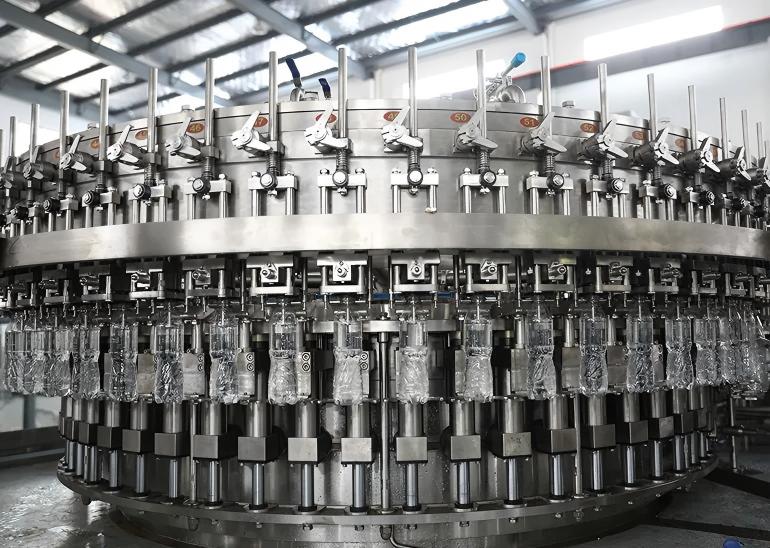
Transition Paragraph:
Let's delve into the specific steps and technologies used in carbonated beverage filling.
What is Counter-Pressure Filling?
leading paragraph:
Keeping the fizz in requires pressure!
snippet paragraph:
Counter-pressure filling involves pressurizing the empty bottle with carbon dioxide (CO2) to match the pressure of the carbonated beverage. This reduces the pressure difference, minimizing CO2 release and foaming during filling. It's the key to maintaining carbonation.
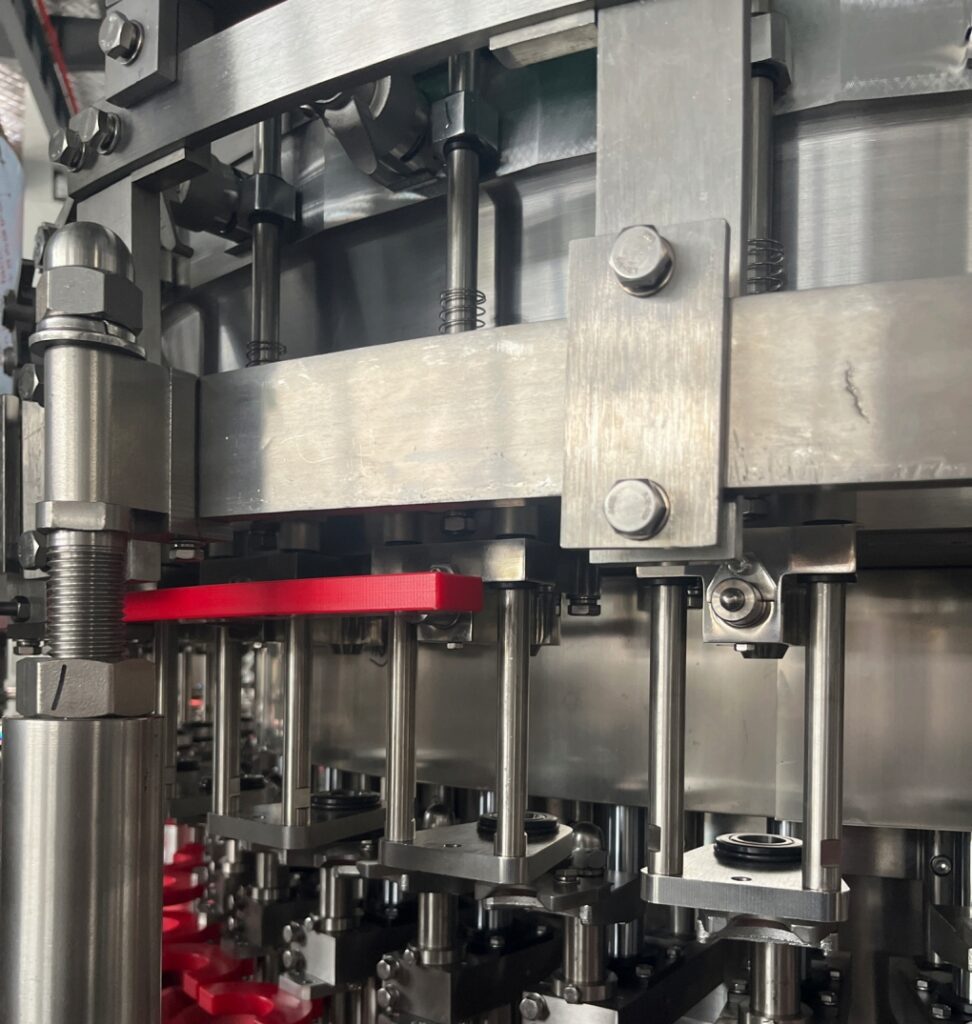
The Mechanics of Counter-Pressure
- CO2 Pressurization: Bottles filled with CO2.
- Pressure Equalization: Matching beverage pressure.
- Foam Reduction: Minimizing CO2 release.
- Sealed System: Prevents gas escape
- Precise Control: Accurate pressure maintenance
Dive deeper Paragraph:
Counter-pressure filling is a crucial technique in the carbonated beverage industry, specifically designed to prevent the loss of carbonation during the filling process. The underlying principle involves equalizing the pressure inside the empty bottle with the pressure of the carbonated beverage before the liquid is introduced. This is typically achieved by pressurizing the empty bottle with carbon dioxide (CO2), which is the same gas that gives these beverages their characteristic fizz.
CO2 Pressurization
The process begins by sealing the empty bottle against the filling nozzle. Then, CO2 gas is injected into the bottle to increase the internal pressure.
Pressure Equalization
The pressure inside the bottle is carefully controlled to match the pressure of the carbonated beverage that will be filled. This equalization of pressure is critical because it minimizes the pressure differential between the liquid and the bottle environment.
Key Components of a Carbonated Beverage Filling Machine?
leading paragraph:
Sophisticated machines for a fizzy result!
snippet paragraph:
Carbonated beverage filling machines include several key components: Washing part, filling part, and a capping part. These parts work together to ensure precise filling, minimal foaming, and secure sealing, maintaining the beverage's carbonation.
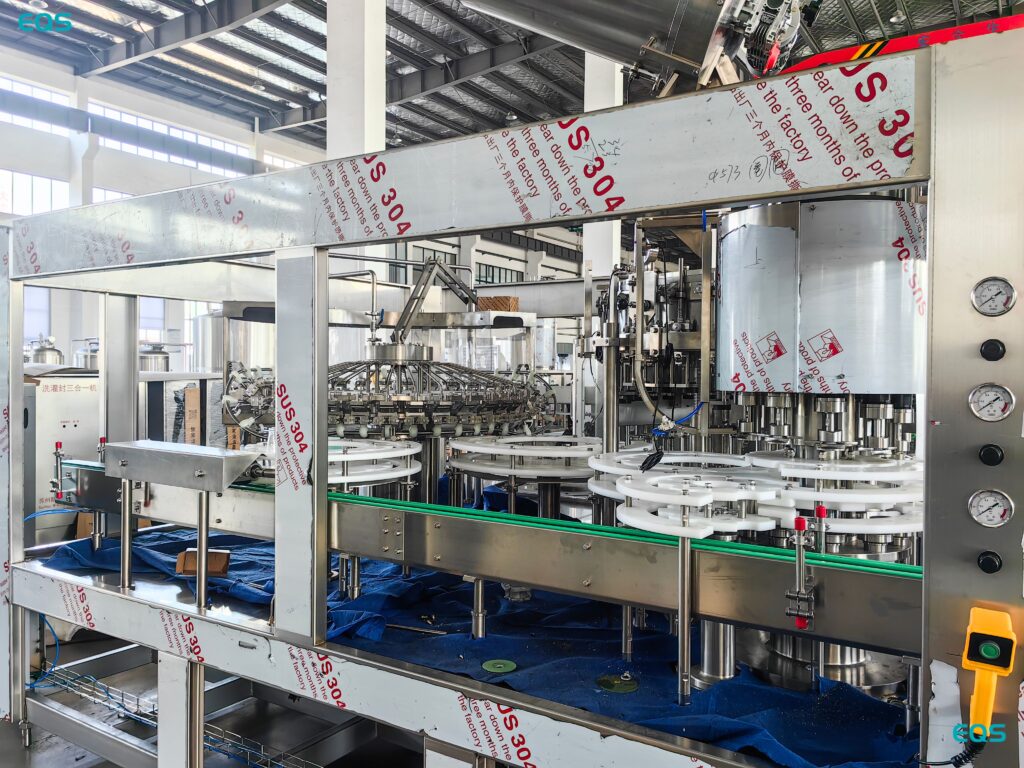
Machine Essentials
- Washing Part: Keep the bottle clean.
- Filling Parts: Dispense the beverage.
- Capping Parts: Seals the bottles.
- Automated Controls: Synchronized operation
Dive deeper Paragraph:
Carbonated beverage filling machines are complex systems engineered to handle the unique challenges of filling liquids that contain dissolved gases. The key is to minimize the loss of carbonation during the filling process, and this requires precise control and coordination of several critical components.
Pressurization System
The pressurization system is the heart of the carbonated beverage filling machine. It's designed to control the pressure inside the bottles during the filling process. This system typically includes a source of CO2 gas, pressure regulators, and control valves that precisely meter the gas into the bottles.
Filling System
The filling part features high-precision nozzles and a pump, both made from food-grade 304/316 stainless steel, ensuring accurate and consistent filling with an adjustable volume. The design prioritizes hygiene with polished stainless steel parts, a liquid tank with no dead corners, and an efficient spray nozzle for easy, water-saving cleaning.
What Types of Filling Machines Are Used?
leading paragraph:
Different machines for different needs!
snippet paragraph:
Various filling machines are used, including rotary and inline types. Rotary fillers are best for high-speed production, while inline fillers suit smaller operations or diverse bottle sizes. Both use counter-pressure technology to maintain carbonation. The choice depends on production volume and flexibility.

Filling Machine Comparison
| Feature | Rotary Filler | Inline Filler |
|---|---|---|
| Speed | High | Moderate |
| Volume | Large | Small to Medium |
| Bottle Variety | Wide | Wide |
| Complexity | High | Moderate |
| Cost | Medium | Lower |
Dive deeper Paragraph:
The selection of a filling machine for carbonated beverages depends largely on the scale of production and the variety of products being filled. Two primary types of filling machines are commonly used in the industry: rotary fillers and inline fillers. Both utilize counter-pressure technology to minimize carbonation loss, but they differ significantly in their design, speed, and suitability for different production environments.
Rotary Filler
Rotary fillers are designed for high-speed, high-volume production lines. These machines feature a rotating carousel with multiple filling heads, allowing for continuous filling of bottles as they move around the carousel.
Inline Filler
Inline fillers, on the other hand, are more suitable for smaller production runs or for filling a wider variety of bottle sizes and shapes. These machines feature a linear conveyor system that moves bottles through a series of filling stations.
How is Foaming Minimized During Filling?
leading paragraph:
Taming the foam is essential!
snippet paragraph:
Foaming is minimized by using counter-pressure filling, controlling fill rates, and reducing turbulence. Counter-pressure reduces CO2 release, while slower fill rates prevent excessive agitation. Smooth filling nozzles also help. These measures ensure a consistent fill and preserve carbonation.
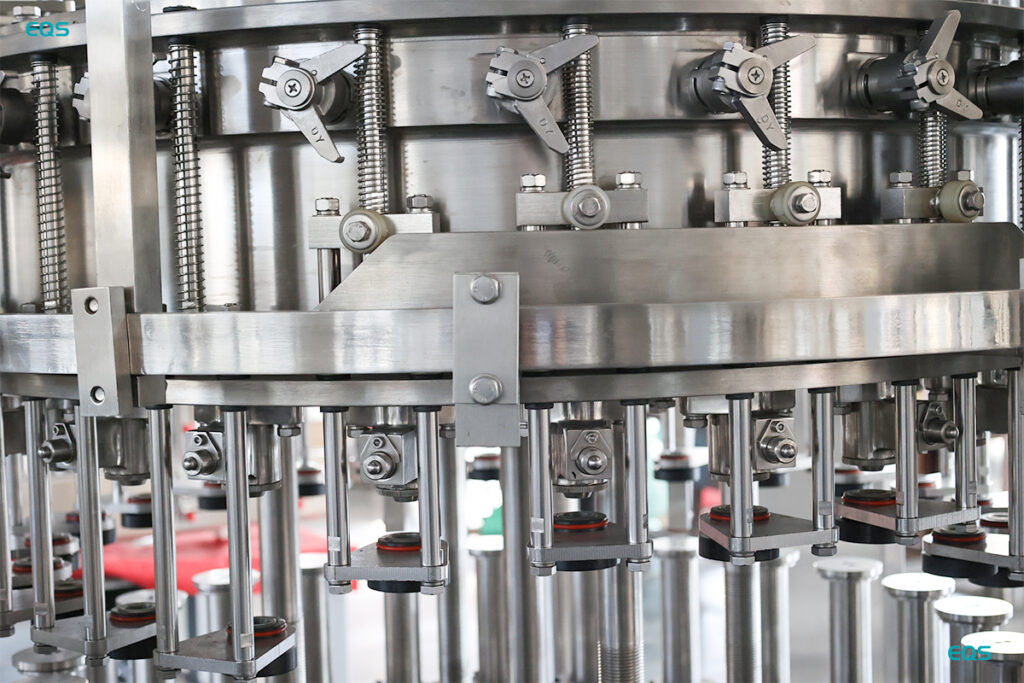
Foam Control Methods
- Counter-Pressure: Reduces CO2 release.
- Controlled Fill Rates: Prevents agitation.
- Smooth Nozzles: Minimize turbulence.
- Temperature Control: Reduces gas expansion
Dive deeper Paragraph:
Minimizing foaming during the filling of carbonated beverages is crucial for maintaining product quality and ensuring accurate fill levels. Excessive foaming can lead to underfilled bottles, inconsistent carbonation, and a messy filling process. Several techniques are employed to combat foaming, each targeting different aspects of the filling operation.
Counter-Pressure
As previously discussed, counter-pressure filling is the primary method for minimizing foaming. By pressurizing the bottle with CO2 before filling, the pressure differential between the beverage and the bottle is reduced.
Controlled Fill Rates
The rate at which the beverage is filled into the bottle also plays a significant role in foaming. High fill rates can cause excessive agitation and turbulence, leading to increased CO2 release and foaming.
What Quality Control Measures Are in Place?
leading paragraph:
Ensuring every bottle meets standards!
snippet paragraph:
Quality control includes monitoring carbonation levels, fill accuracy, and seal integrity. Regular checks ensure the beverage meets standards for taste, fizz, and safety. Automated systems and manual inspections are used to maintain consistent quality throughout the filling process.
Quality Assurance Steps
- Carbonation Testing: Measures CO2 levels.
- Fill Level Checks: Ensures correct volume.
- Seal Inspection: Verifies cap integrity.
- Microbial Testing: Ensures product safety
- Visual Inspection: Checks for defects
Dive deeper Paragraph:
Maintaining high quality in carbonated beverage filling requires rigorous quality control measures at every stage of the process. From the incoming ingredients to the final packaged product, each step is carefully monitored to ensure that the beverage meets the required standards for taste, carbonation, safety, and appearance.
Carbonation Testing
Regular testing of carbonation levels is essential to ensure that the beverage has the correct amount of fizz. This is typically done using a carbonation tester, which measures the amount of CO2 dissolved in the liquid.
Fill Level Checks
Accurate fill levels are crucial for meeting regulatory requirements and ensuring customer satisfaction. The liquid level detection device automatically detects the liquid level, and those that do not meet the requirements will be culled.
Conclusion
Filling carbonated drinks is a science! Precision and technology keep the fizz in every sip.
My name is Allen, and I'm an expert in filling machine technology at EQS (eqsfilling.com), a leading liquid packaging solution provider based in China. If you're looking for top-quality equipment for your production line, feel free to reach out to me at [email protected]. We specialize in providing customizable solutions with cutting-edge technology.


